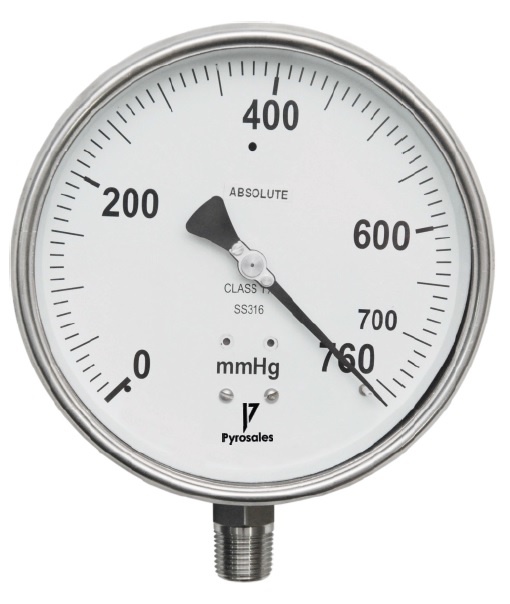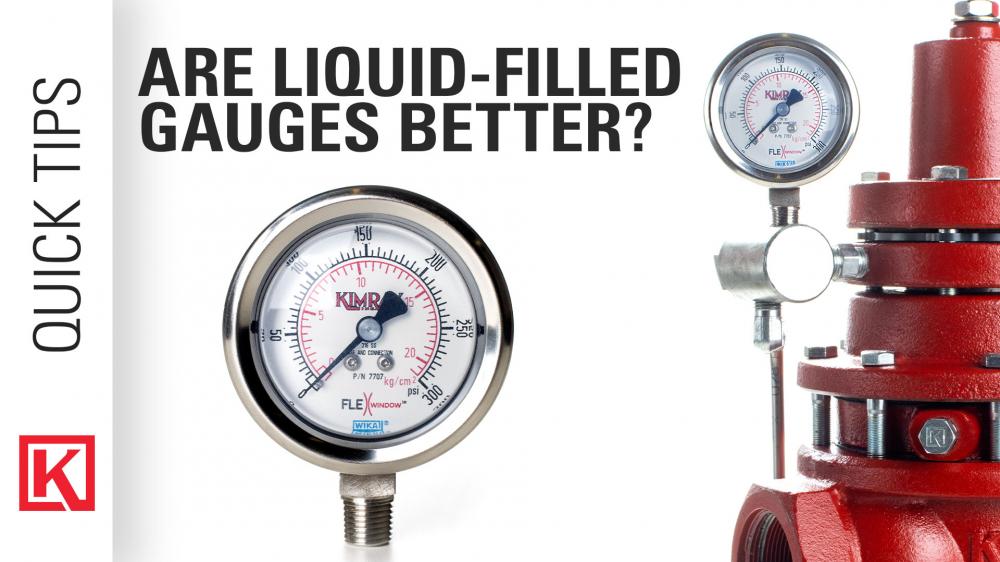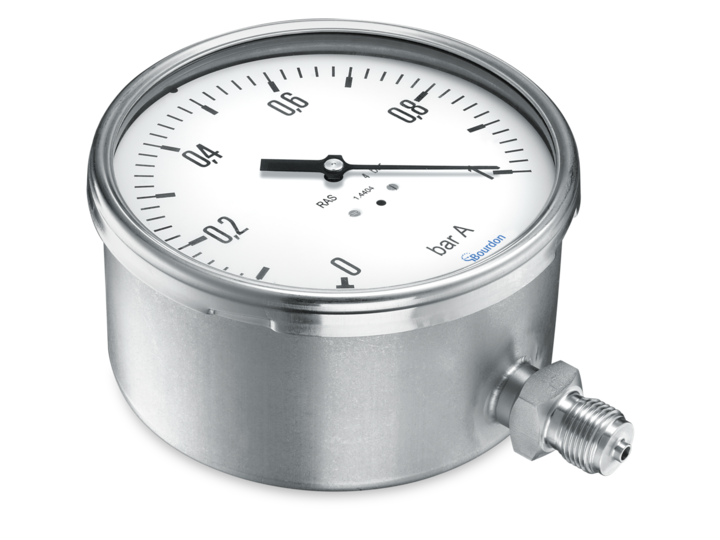
Gauge pressure is the pressure relative to atmospheric pressure. For the pressures above atmospheric pressure, gauge pressure is positive. For the pressures below atmospheric pressure, gauge pressure is negative. The pressure gauge is also known as pressure meters or vacuum gauges.Gauge pressure is defined as the difference between absolute pressure and atmospheric pressure by the gauge pressure equation: P G = P − P A . Gauge pressure is the pressure in some objects, such as tire pressure gauge which measures the pressure in the tire above atmospheric pressure.Pressure gauges measure positive system pressure starting at zero, usually in psi units. Vacuum gauges measure vacuum, or negative, system pressure, usually in the imperial unit inches of Mercury (in Hg). Compound pressure and vacuum gauges measure both positive and negative system pressure.

What is gage pressure in psi : Gage pressure is indicated by pg, and is related to absolute pressure as follows: pg = p – pa, where pa is the local atmospheric pressure. Example: A car tire gauge measures a tire pressure of 32.0 psi. The local atmospheric pressure is 14.2 psi.
What is the pressure at 1 atm gauge
The average pressure at mean sea level (MSL) in the International Standard Atmosphere (ISA) is 1,013.25 hPa, or 1 atmosphere (atm), or 29.92 inches of mercury.
Is gauge pressure the same as Gage : GAGE OR GAUGE PRESSURE In the measurement and instrumentation literature and industry, the words gauge and gage can both be found to describe a pressure sensor or transmitter that measures relative to ambient pressure.
The simplest way to explain the difference between the two is that absolute pressure uses absolute zero as its zero point, while gauge pressure uses atmospheric pressure as its zero point.

Types of Pressure – Absolute Pressure, Gauge Pressure, Differential Pressure and Sealed Pressure.
What is 14.7 gauge pressure
The pressure exerted at sea level is 14.7 pounds per square inch (psi), or 1 bar. Pressure measured at sea level occurs due to the earth's atmosphere, and for this reason is known as atmospheric pressure. Atmospheric pressure decreases as altitude above sea level increases.Normal atmospheric pressure is 14.7 psi, which means that a column of air one square inch in area rising from the Earth's atmosphere to space weighs 14.7 pounds. Normal atmospheric pressure is defined as 1 atmosphere. 1 atm = 14.6956 psi = 760 torr.1 atm = 1.013 x 10 5 Pa.

Gauge is the much more common word. It has several different meanings as both a verb and a noun, many of which relate to measurement. The word gage refers to something thrown down to challenge a person to combat—and it is rarely used.
Is gauge pressure in Pascals : Units of gauge pressure
Some of the most common units used for gauge pressure include: Pascals (Pa): The SI unit for pressure, where one Pascal equals the pressure of one newton per square meter (1 Pa = 1 N/m²). This unit is widely used in scientific and engineering contexts.
Is kPag the same as kPa : Answer and Explanation: We cannot convert kPag to kPa without knowing the ambient pressure. When we measure the pressure inside a system we are generally measuring the gauge pressure, which is to say how much the interior pressure is greater than the exterior pressure.
Can gage pressure be greater than absolute pressure
In fact, the absolute pressure can be either higher or lower than the gauge pressure, depending on the reference pressure used to define the gauge pressure. Gauge pressure is the pressure measured relative to atmospheric pressure, which is typically defined as 0 psi or 1 atm.

Answer and Explanation: The SI unit of pressure is Pascal (Pa) or Newton per meter squared. Some other common units of pressure are bar (bar), standard atmosphere (atm), torr (torr) or millimeters of mercury (mmHg), inches of mercury (inHg), and pounds per square inch (psi).Bar (unit)
| bar | |
|---|---|
| SI units | 100 kPa |
| CGS units | 106 Ba |
| US customary units | 14.50377 psi |
| Atmospheres | 0.986923 atm |
Is 1 bar 14.7 psi : Usage. Atmospheric air pressure where standard atmospheric pressure is defined as 1013.25 mbar, 101.325 kPa, 1.01325 bar, which is about 14.7 pounds per square inch.
